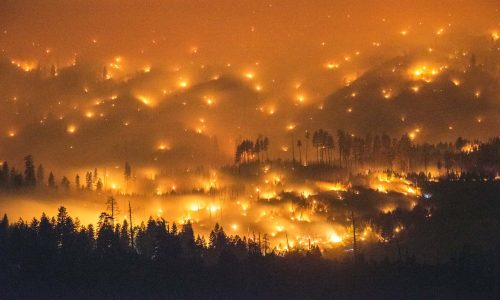
Flickr photo by Sara
I love good stories. I love to read them and think about them. So, I was distressed when, in grad’ school, a teaching assistant suggested I read a book titled How to Read a Book. ¿Did he think I was illiterate? (I complied, of course.) And maybe I learned something about reading between the lines, and asking hard questions of the text.
So forgive me if I don’t deliver on my headline. I’m not inclined to tell anyone how to read a story. But I’m not afraid to ask hard questions, such as: If you had just delivered you first child (in winter) how many miles would you be willing to walk to have the child surgically blessed, eight days after giving birth? (Speedbump ahead: I will be questioning the text, too, as good questions are the beginning of wisdom.)
My friend Steve over at SurvivingYucatan blog has put up some interesting thoughts on the nativity accounts — so you can blame him if you don’t like my questions! I’m not trying to be provocative, but rather, introspective. Hey, words are slippery. If we take them too literally we are likely to fool ourselves. Group-think can put us into a ditch, fast! (A famous thinker said so.) Now, storytellers often embroider the truth to help make it memorable. And well-told stories can be truer and more useful than mere facts, if they are retained and applied.
So, back to my question: how far? A good storyteller wants us to see the story in all its glory, even if it may not have happened exactly as told. Remember now, you have (or your wife has) just given birth. Are you really gonna walk 90 miles from Bethlehem of Galilee, which is very close to Nazareth at 19 road miles (NB: details can be vexing); or, all the way to Bethlehem of Judea, near Jerusalem ~68 miles as the crow flies / 163± kilometers – with a newborn, in winter, to have your 8-day old child circumcised in the Temple at Jersualem? (Bethlehem Ephrata simply means “fruitful”.) Yes, this is what “Hollywood” wants you to see, but it is much more likely that you are practical and rational, and that you will have this important event performed at home or in a local synagogue in Bethlehem of Galilee. But wait, you say — my kid is super human! Well, maybe we should ponder the verse that says that Jesus grew in wisdom and stature — got smarter as he got older and taller, as we all should, and most of us do.
“But what about the tax and the census?” you say. Yes, a convenient ruse to force them to travel to the area of the Temple for “the big scene”, but unlikely – according to the records of the time. Again, the storyteller, Luke, is trying to help us remember — but we also recall being lied to about Santa (which probably didn’t do much harm) — instead perhaps teaching us something about understanding stories, and adults. (If you lost your faith in the nature of experience because of Santa, maybe you never had any?) But even if there had been such a census, Mary would not have been required to appear. ¿So what’s Luke’s point regarding this census? I think he wanted to establish for us that Joseph was a descendant of King David – a good point.
Am I eroding the credibility of the Bible? No. I read it daily. For me, it’s a blessing. It helps me think about big issues. And I like to read about the Bible, too. There are some really good writers who have spent their lives studying this book of books. I’m reading one now which has me excited all over again: Rabbi Jesus AN INTIMATE BIOGRAPHY.
The author, Bruce Chilton, is a professor of ancient languages and a leading expert on the language of Jesus: Aramaic. He is also an Anglican priest. And he’s a superb storyteller. But beware. He may rock your boat, or rearrange your furniture. So, if you prefer your nativity accounts tailored for nap-time, please don’t go there. But if you want a plausible account of the factors which caused Jesus to take up his role on the world stage, I can promise you an exciting biography. It’s a very Jewish story about a devoutly Jewish guy — a country boy who knew something deep about purity and integrity and honesty and peace and compassion and justice and . . .
And a blessed Christmas season is upon us all, once again. Hey, thanks for this unspeakable gift!
UPDATE : excerpt from The Mystic’s Christmas by John Greenleaf Whittier —
“But now, beyond the things of sense,
Beyond occasions and events,
I know, through God’s exceeding grace,
Release from form and time and space.
“I listen, from no mortal tongue,
To hear the song the angels sung;
And wait within myself to know
The Christmas lilies bud and blow.
“The outward symbols disappear
From him whose inward sight is clear;
And small must be the choice of days
To him who fills them all with praise!
“Keep while you need it, brothers mine,
With honest zeal your Christmas sign,
But judge not him who every morn
Feels in his heart the Lord Christ born!”



















